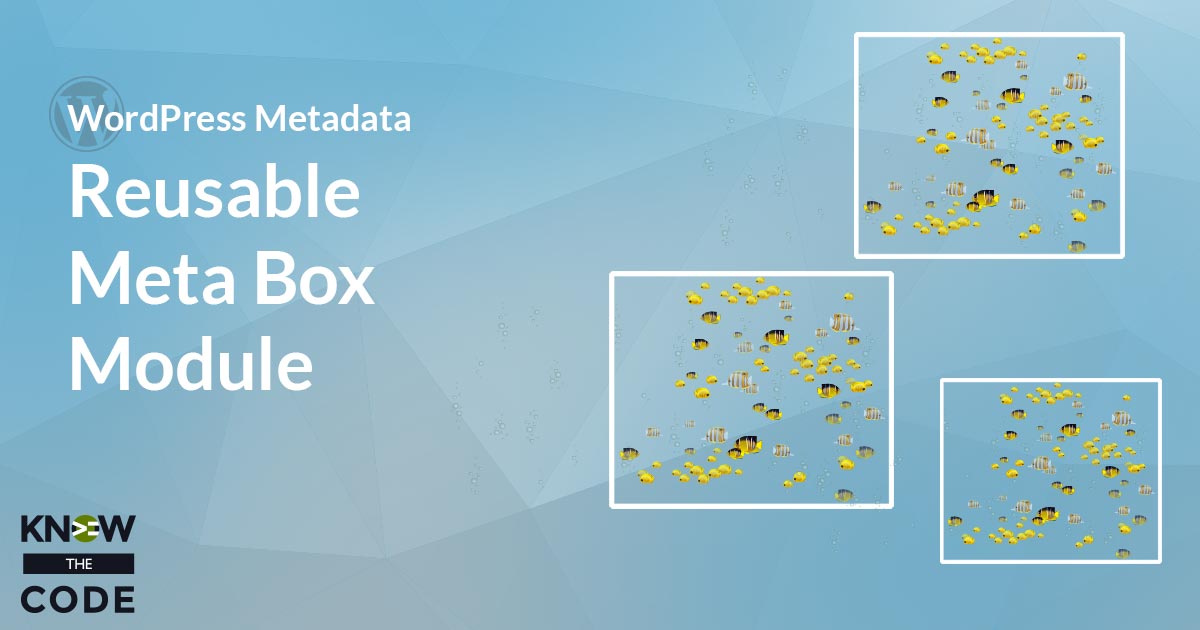We’re done with our plugin, but we do have an opportunity for optimization as well as housekeeping. It’s a good practice to walk through your code when you’re done to: re-evaluate look for optimization opportunities do some housekeeping like commenting, formatting, and cleanup and ensuring everything in a file supports the intent of that file. Let’s walk through our Metadata Module together.

